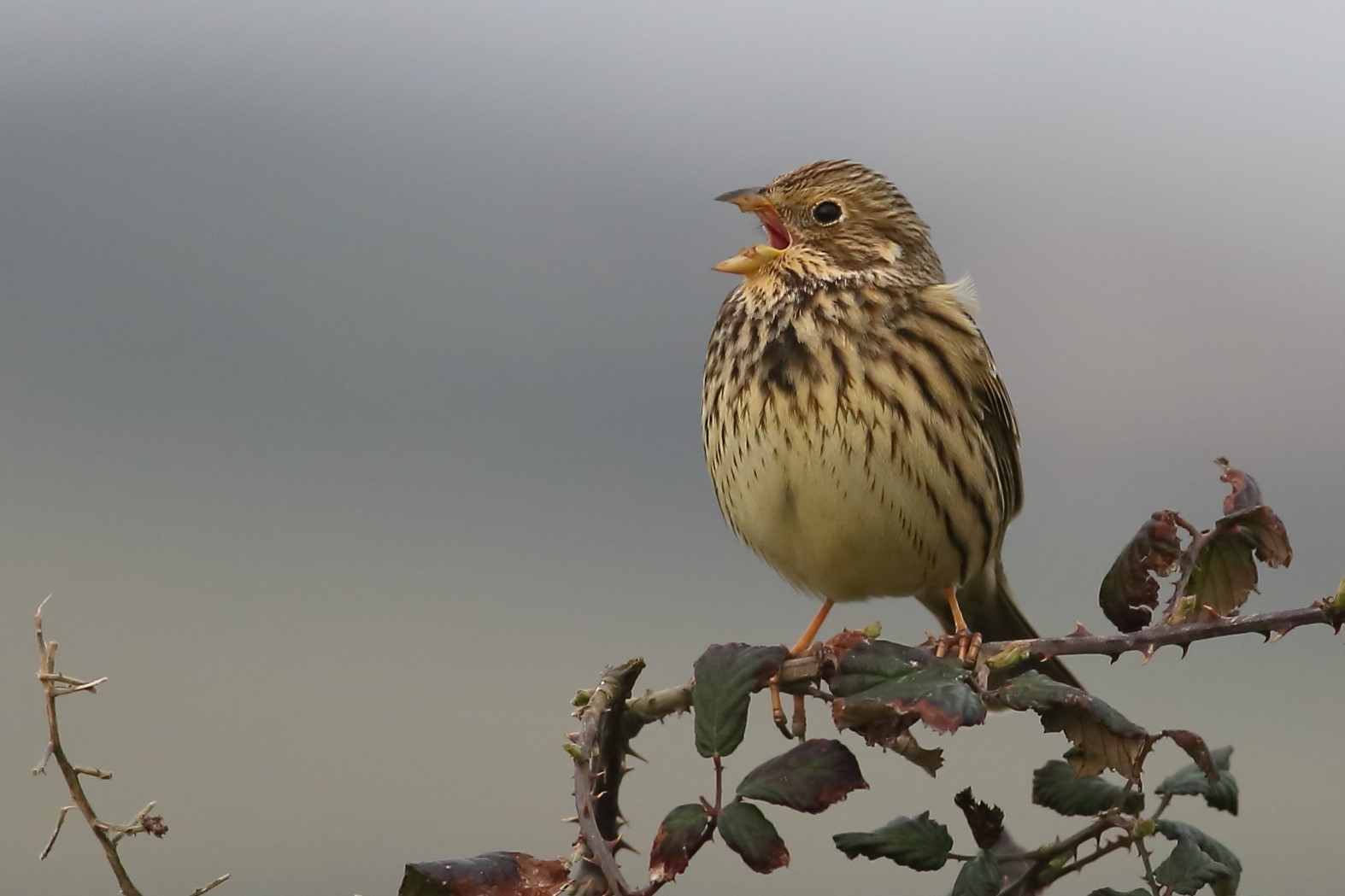JTweedie
Well-known member
There are more than 80 pairs of Common Crane in the UK as of 2023, forming a self-sustaining population. In 2023, 69 pairs attempted breeding and fledged 36 chicks. Looking at the trend described in the article, they've been increasing by 20 pairs every three years since 2014.
No doubt the population is dependent on suitable habitat and lack of disturbance, but it's a good news story and I hope we see a day where they're much more easily seen by many more people.
 community.rspb.org.uk
community.rspb.org.uk
No doubt the population is dependent on suitable habitat and lack of disturbance, but it's a good news story and I hope we see a day where they're much more easily seen by many more people.
Another record year for the UK’s breeding Cranes - Saving Nature With Science - Our work - The RSPB Community
Share your passion for birds, wildlife & all things nature with the RSPB Community. Show off your images, experiences and read the RSPB’s blogs! Join the community here






